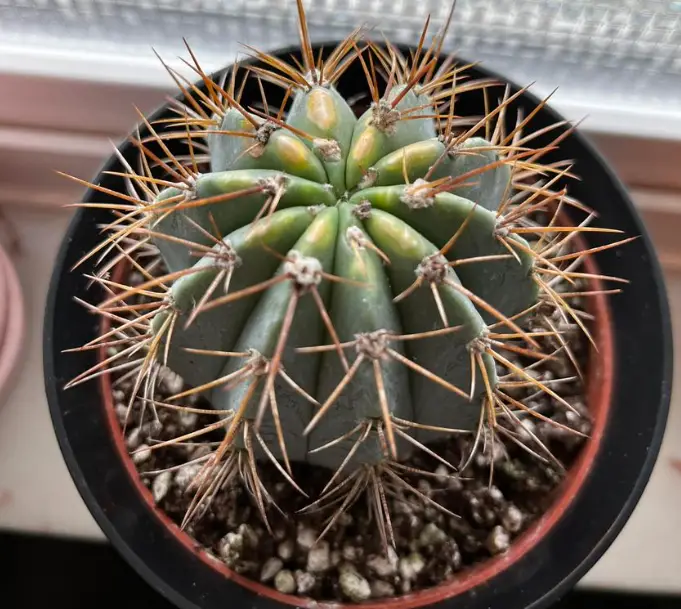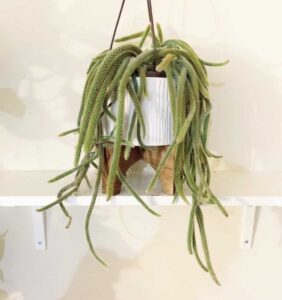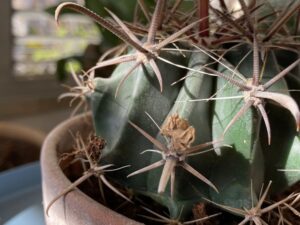Can cacti really survive the icy grip of winter? This whimsical query invites us to delve into a world where resilient plants stand unyielding against frigid temperatures. While the image of a cactus might conjure visions of sunbaked deserts, some varieties are remarkably equipped to brave harsh winters. This guide will illuminate the fascinating realm of cold-tolerant cactus species, providing essential insights for those eager to explore this verdant possibility.
Understanding the Adaptability of Cacti
To appreciate how certain cacti endure winter, one must first grasp their intrinsic adaptability. These succulents have evolved to thrive in arid environments, but some have developed remarkable strategies to withstand chillier climates. Cold-hardy cacti boast unique physiological traits that enable them to endure frost. These adaptations include smart water retention mechanisms, species-selective thermoregulation, and protective structures that fend off the vagaries of inclement weather.
Cacti generally require soil that drains swiftly, preventing the dreaded issue of root rot. In winter, this becomes paramount, as frozen soil can exacerbate moisture retention. Hence, winter survival in cacti hinges on not only selection of the right species, but also the appropriate environmental conditions in which they reside.
Meet the Cold-Hardy Contenders
Not all cacti are created equal, especially when it comes to winter resilience. Some extraordinary varieties stand out, capable of not merely withstanding winter but thriving in it.
The Opuntia, commonly known as the prickly pear, is perhaps the most iconic cold-hardy cactus. With numerous species displaying frost tolerance, Opuntia can survive temperatures dropping to as low as -30°F (-34°C). Their flattened pads and thick skin provide a sanctuary for photosynthesis to occur even during the most frigid months.
Another stalwart of the winter landscape is the Echinocereus, or the hedgehog cactus. This delightful variety features a plethora of spines as an insulative barrier, shielding its delicate tissues from cold air. Some species of Echinocereus have been reported to endure temperatures as low as 0°F (-18°C), making them a formidable choice for those in colder regions.
Lastly, the Escobaria, a charming genus of small cacti, exhibits remarkable resilience against winter temperatures, also capable of tolerating sub-freezing conditions. Its round shape and dense spination allow these small wonders to conserve heat, adapting gracefully to colder climates. These intriguing varieties showcase just a few of the many cold-tolerant options available.
Cultivating Cacti for Winter Success
Embarking on the journey of cultivating cold-hardy cacti requires a few essential considerations. To enhance your cactus’s survival rate throughout the winter, adequate location and cultivation strategies matter significantly.
Choosing the right location for your cactus is paramount. A south-facing wall, for example, can provide the warmth and sunlight necessary for your cactus to endure the winter months. Position your plants where they will benefit from reflected heat, as this microclimate can make all the difference during bitter cold spells.
Furthermore, the type of soil plays a critical role. A gritty, well-draining medium is ideal, as it prevents water from sitting around the roots during freezing temperatures. You might consider incorporating materials like perlite or coarse sand to enhance drainage and facilitate aeration. This allows more warmth to permeate the system while simultaneously reducing the risks associated with excess moisture.
Winter Protection Strategies
As temperatures plummet, some gardeners may find it necessary to take additional steps to protect their cacti. While cold-hardy species can endure significant chill, there are limits to their resilience. Applying mulch made of organic materials around the base of the cactus can act as an insulating layer, trapping warmth and impeding the freeze-thaw cycle that can be detrimental.
Should particularly brutal winter conditions loom, think about utilizing frost cloths or garden blankets. These protective covers help create a mitigating layer against frost while still allowing light to penetrate. However, care must be taken to avoid excessive moisture accumulation beneath these coverings, which could lead to the very rot the cacti are trying to avoid.
Embracing the Challenge of Winter Gardening
Planting cold-hardy cacti introduces not just beauty to your winter landscape but also a challenge that can engage the mind and spirit. For many gardeners, the prospect of nurturing these robust plants through unfavorable conditions becomes an invigorating venture. Observing the resilience of each variety against frost fosters a deeper appreciation for these extraordinary plants and their tenacity.
Cultivating cacti that can endure winter not only enriches gardens during the cold months but also showcases nature’s ability to adapt and survive in challenging climates. Remember, as winter approaches, each cactus offers a lesson in resilience and a reminder of the warmth of the sun-drenched days that lie ahead. So, can cacti survive winter? Indeed, for those willing to embrace the challenge, the answer is a resounding yes.




Leave a Comment